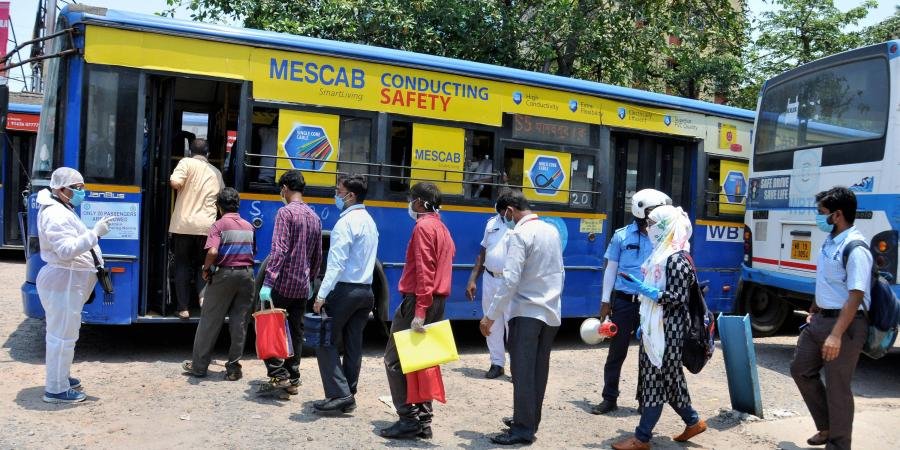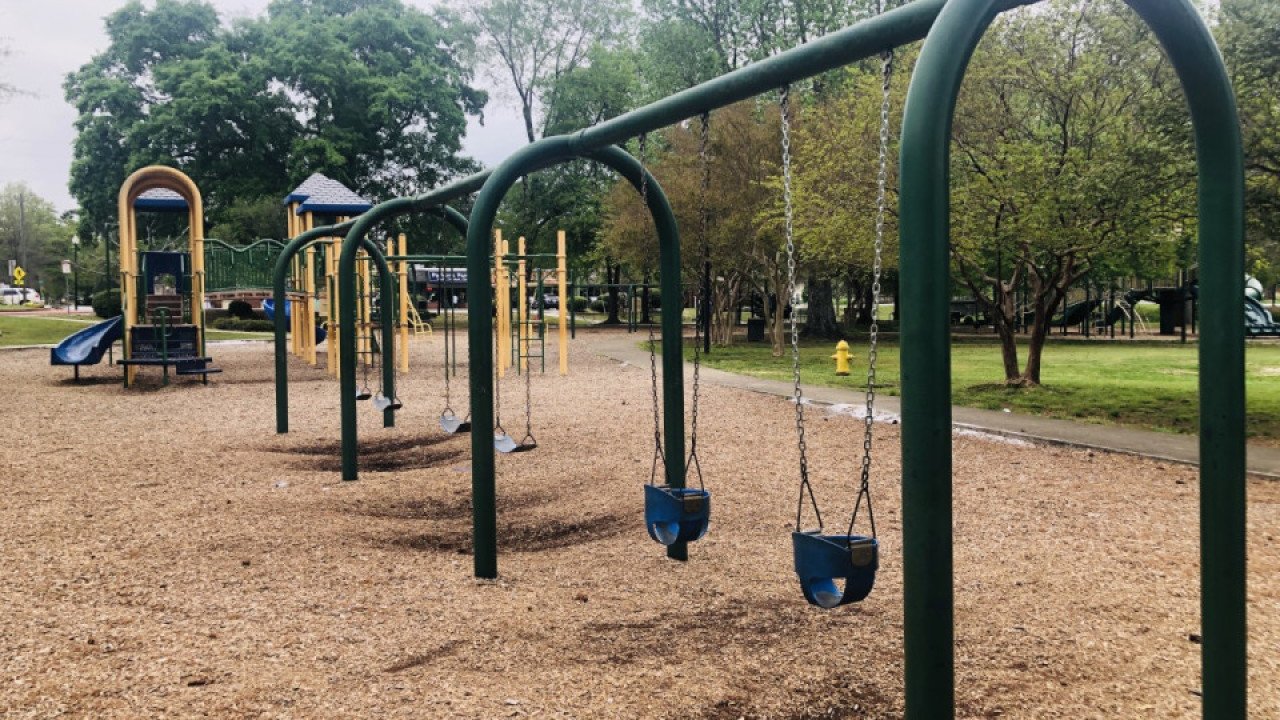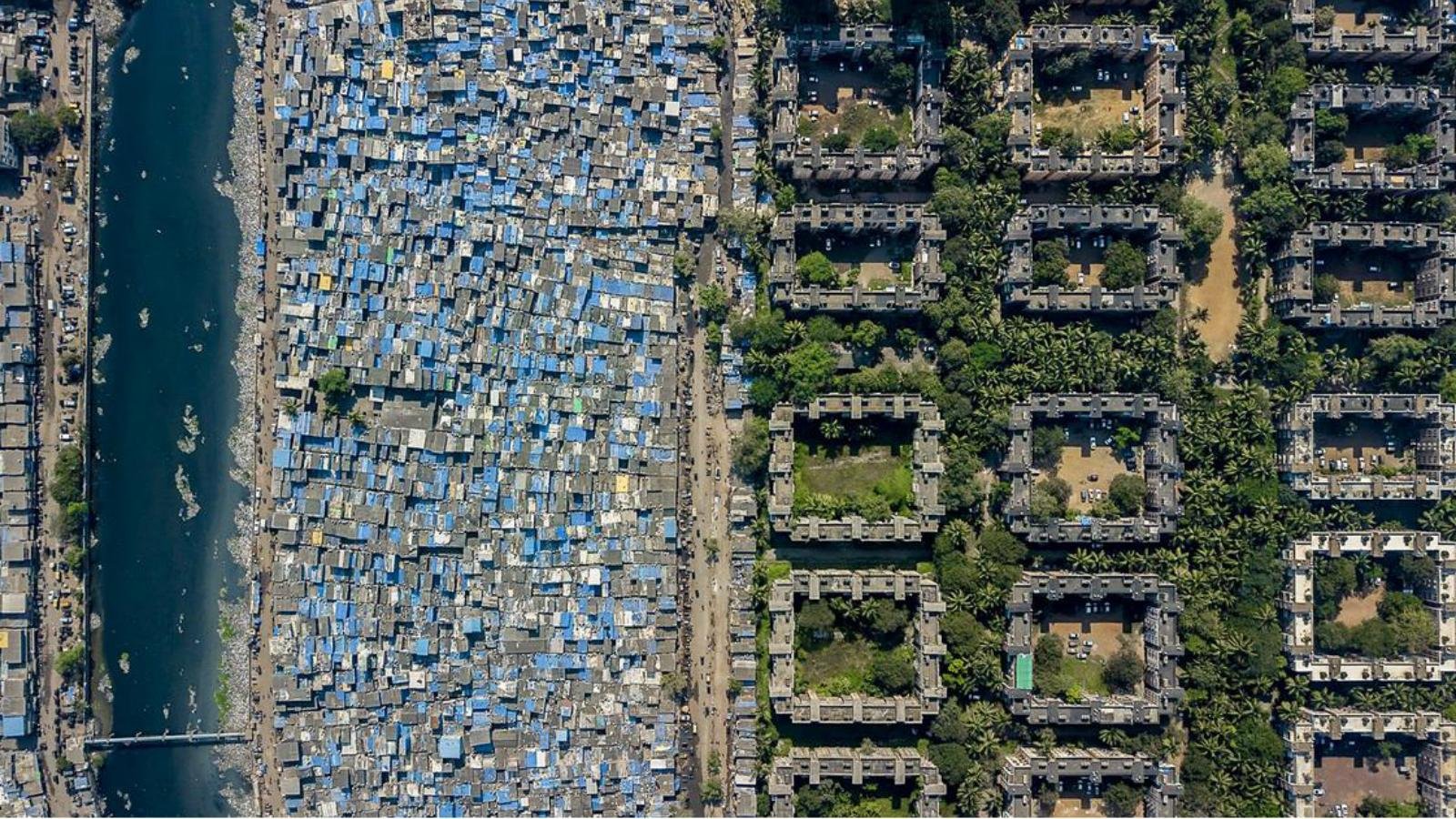Post Corona- What Are the Cities Waking Up To?
Cities are the epicentre of this pandemic, as they have been in the many other plagues. This virus came from a very crowded city in China. It spread through cities and now has claimed many lives from these very cities. They are high-density centres of population and exhibit the impact in extreme ways. Like most of the disasters, right from climate change to war, the poor and vulnerable have taken the biggest hit. Society has constantly been unequal, and cities have inequality forged right into their DNA. This pandemic has only highlighted and heightened these inequalities in countries all around the world.

Confined to the four walls of a home, rarely venturing out into semi occupied streets, most of us are unable to foresee how urban life will be after the pandemic. Will the cafes and restaurants work on and jobs prevail? Will people still crowd in buses, stations, trains, and metros? Will we need office towers, when it is easier to work online and from home? At this point, living away from the city, on a farm seems more and more alluring.

Cities thrive on public interaction, on opportunities of work and play, or the endless array of available goods and services. If the fear of impending doom looms over us, cities could be in for a bland and rustic future. But if we find a way around all of this, maybe cities will be able to rejoice in the future.
This is certainly and undoubtedly the key issue to address as we try to tackle the crisis and try to recover from it. But it is also time that we see how this shapes and manifests urban life and what the short and long term impacts it will have on how our city should, or could, work. Here are some things that will change and be affected.
Ghost towns
All around the globe, city streets are abandoned and ghosted. Tourists are far from visiting, the residents won’t leave their homes and the police are patrolling the streets. What started out as a joke about us wearing masks, has today become more of a surreal nightmare. Photo galleries show deserted streets from Dubai to Seattle to Caracas. Photojournalist Franco Pagetti says, “Here in the deserted city, there are no sounds, only noises.” For many cities, this change is a welcome relief from the congestion and incessant honking. On the other hand, seeing people leave cities is a stark reminder of how unprecedented this threat is and how it is on its way to irrevocably change urban life for good.

Impending pollution doom and transport
The need to commute and travel around cities has decreased drastically, since mass orders for lockdown and stay at home lockdowns. This means a huge decline in public transport usage. Some major hubs like London, Rome, and Bangkok have limited their use of public transport while others like Wuhan, Delhi, and Mumbai shut down their networks completely.

This means that there are far fewer vehicles on the road and added to it is the reduction of flights and the use of other forms of transport. This all has staggeringly reduced the levels of air and noise pollution, globally. The difference in cities- crowded with traffic and vehicles- is miraculous. All you need to do is peak out the window and take a deep breath of difference.
Public transport- cities’ key transport network- is and will be claimed significantly dangerous. It will be difficult to attract users to it and it might take users almost a year or more to trust and use public transport again. As crowded places are synonymous with danger, the constant fear of the virus may push people to use of personal vehicles. If that means a bicycle, it’s a great option, but we can’t let cars rule the streets again.

This pandemic is a push towards maintaining and keeping the public transport clean and sanitized. We are in need of re-evaluating our life and actions. The before and after pictures of the cities suddenly free of pollution should be a set path for the future and not just a wake-up call. This pandemic has shaken us and it could be the shock we needed to reclaim the streets, accelerating the trend that has begun worldwide.
Public spaces
The lockdown has triggered a fear of public spaces, bringing with the proximity to potential strangers- the very thing city planners design for. As of today, public spaces have become more surveilled, patrolled, and controlled. Public parks- which help congregate people and help reconnect with nature- have been shut down worldwide.

Pandemic plays on our primary impulse to congregate. And our response to this situation- social distancing- runs against our desires to interact and the way we have built our parks, plazas, skyscrapers, and cities. They were all designed to be inhabited and used collectively.

When all of this dies down, I hope we don’t let fear create an aversion for shared spaces and public gatherings. Mental health, civic voice, community building, and equitable societies rely on inclusive public space. Some lucky few may have their gardens, but most rely on this shared outdoor realm – psychologically, physically, and politically.
High streets
With so many shops, cafes, restaurants claiming bankruptcy or closing down indefinitely, many face permanent shutdown. What does this uphold for high streets and small economies, which are already at the brink of devastation, thanks to online ordering? How to support neighbourhood livelihood and businesses? A lot many countries have announced relief funds and support schemes to support small businesses, but are they enough?

Housing

Since the lockdown, we have all been cooped up in our houses. This has pronounced and brought forth the inequality in housing. It’s too ambitious to hope this crisis could provide the stimulus to properly tackle low-quality housing, homelessness, and unaffordability, but various buds of housing innovation are blossoming. The density debate has also resurfaced, as some argue for cities to stop building high-density housing to prevent such rapid spread of disease. But well-designed, well-managed, high-density housing is not a danger in itself, and turning away from it will only aggravate the housing crisis faced by cities all over the world.

A thought pricks me, what if when all of this ends, will the cities see a mass exodus? Cities are places of proximity and density is a huge factor in the spread of the coronavirus. So, will the highly-dense cities be seen with scepticism and fled from? Or is there a better way that we tackle it. We are all yearning for a little ray of normal.

The death of close proximity or office spaces or de-densifying cities is all a little far-fetched. Humans have always been living in densely populated places and they will continue to even with all the technological advancements. Little amendments and precautions will always come handy and maybe we can find a new normal, amidst this chaos. But, humans like human connections and cities are constant reminders of that.

